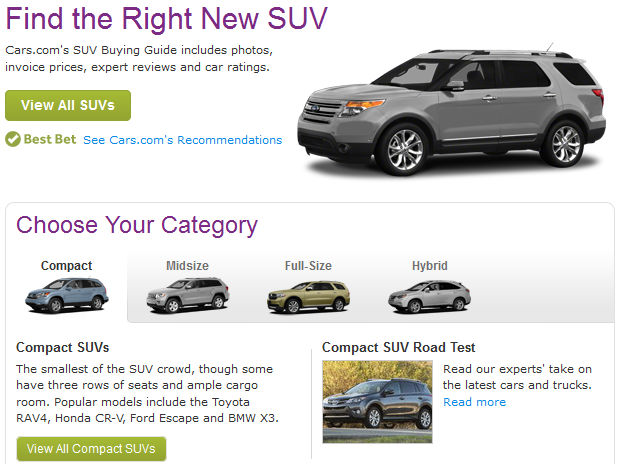This Is Your First-Party Data On Steroids
- Fahad H

- Aug 14, 2015
- 3 min read

In this era of expansion of data-driven marketing, brands and their agencies have been eager to put their first-party data to work — to truly take advantage of this asset they’ve had at their fingertips. This includes customer relationship management (CRM) data, website, owned social media assets and other data sets.
With all players excited by the possibilities, the ad solution side, the demand-side platform (DSP), the data management platform (DMP) and others have been fielding questions on how best to integrate data sets and what kinds of opportunities this kind of integration affords.
In addition, cross-channel marketing has further raised the bar on this request — as we aim to target, reach and engage our audience at the right time on the right device with the right message.
One of the most powerful opportunities that exists today to make all that a reality is to layer in performance-enhancing second- and third-party intent data and device graph tech with an advertiser’s first-party data to get the best results.
The Tech Behind The Integrated Data Approach
From a tech standpoint, the key is to have targetable tokens, which means the ability to match cookies, mobile ad IDs and third-party IDs (media vendor IDs or DMP IDs, for example). With these targetable tokens, you can marry all of the data about the individual to determine the best marketing approach.
For example, if a marketing solution provider knows that someone is comparing different hybrid cars on a car-comparison site and sharing articles with friends about vehicles through social media, and Nissan (the advertiser) knows the same person went to its website to check out its Leaf hybrid and the person’s current three-year lease is expiring in two months, the whole is greater than the sum of its parts.
In other word, these four distinct signals are much stronger than the two each source has separately.
This data integration can be accomplished through sharing anonymous identifiers like cookies, mobile ad IDs and third-party IDs. And this is why a strong device graph — a map of activity and signals across devices — is so important. It allows advertisers and marketing solution providers to connect the dots.
What’s Possible?
At a high level, these combinations allow brands and their agencies to develop existing customers more deeply or even intelligently exclude existing consumers to just target new ones. Here are specifics on just a few of the possibilities:
A marketer can reach consumers expressing the highest level of interest in a product or service. People who are comparing SUVs on a car-comparison site, sharing articles about vehicles through social media and answering opinion polls are in the market for a car.

It’s possible to extend one’s reach by serving ads to an individual consumer across all devices. Imagine this scenario: The marketer sees that a person is comparing minivans on a car-comparison site on a laptop, and through cross-device/device graph capabilities, the marketer also knows the customer owns a smartphone and a tablet. So they can market to the person on all three devices, instead of just the desktop.
Lookalike modeling is another strong method for finding prospects similar to existing customers. Through the data-sharing example above, the advertiser shares its customer data (demographics, geography, attributes, affinities, life stages, life events), and then the solution provider can scour for similar data it has on folks to find which ones are the most similar and market to those prospects.
The environment has never been more conducive to strategic, personalized messaging. With this integrated data approach, a marketer can message existing loyal customers to increase their spending.
Perhaps customers have big-box loyalty or a point card they haven’t used in a year. The big-box company can market a special promotion and incent them to come in over the weekend. A credit card company can market to its existing regular cardholders to incent them to upgrade to the higher yearly fee gold card.
And finally, a new level of precision exists when we follow these integrated approaches. A brand might choose to exclude existing customers to focus only on new prospects. A credit card company might make a push to acquire new customers with 50,000 free points but doesn’t want to anger its existing cardholders by advertising this special new customer promotion. So it simply excludes them from this campaign.
No matter where you sit in the ecosystem, we have long hoped to arrive at a state where we can creatively and productively integrate first-party data. But it’s the availability of these new user-generated intent signals and cross-device data sets that makes the proposition even more compelling.
The possibilities are only as limited as the marketer’s imagination. And, as the examples of applying an integrated data approach indicate, there has never been a better time for advertisers to pump their first-party data with second- and third-party data steroids, as well as cross-device tech, to maximize their Return on Advertising Spend (ROAS).








Comments